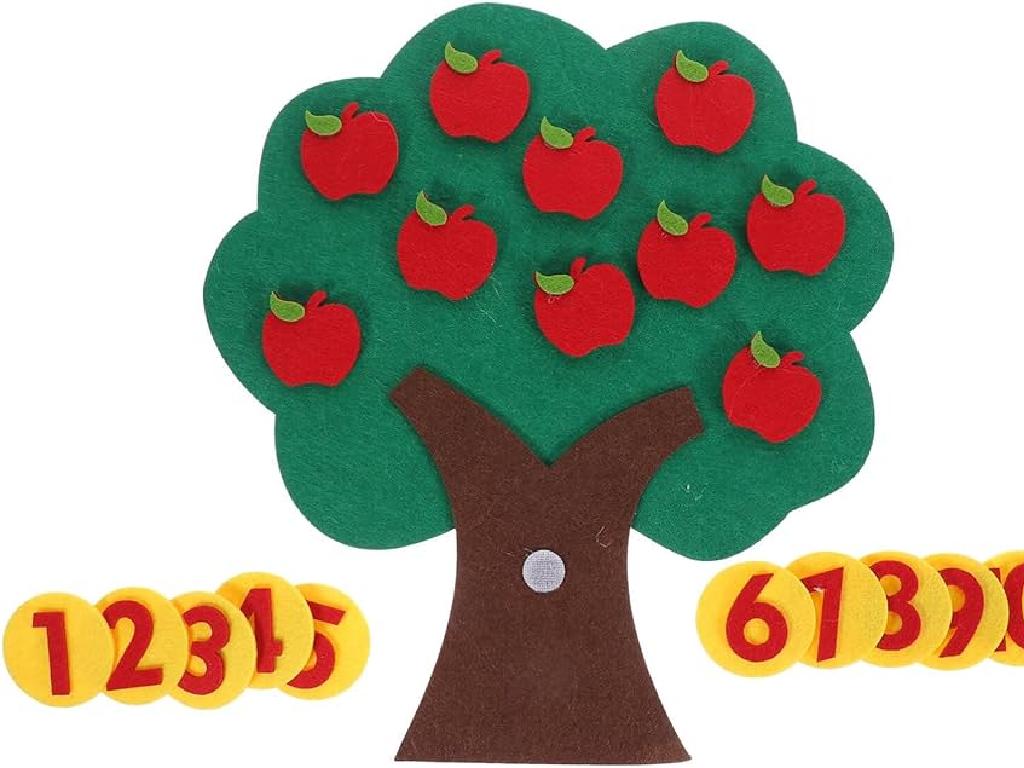How Do Genes And The Environment Affect Plant Growth?
Subject: Science
Grade: Sixth grade
Topic: Anatomy And Physiology
Please LOG IN to download the presentation. Access is available to registered users only.
View More Content
Genetics and Environment in Plant Growth
– Basics of plant growth
Plants need water, sunlight, and nutrients to grow.
– Role of genes in plants
Genes determine plant traits like size, color, and drought resistance.
– Environmental effects on plants
Temperature, light, water, and soil affect how a plant grows.
– Interaction of genes & environment
Genes set potential, environment determines expression.
|
This slide introduces the fundamental concepts of how both genetics and the environment play crucial roles in plant growth. Start by explaining the basic needs of plants for growth, such as water, sunlight, and nutrients. Then, delve into how genes provide the blueprint for various plant characteristics and how these can influence a plant’s ability to grow in certain conditions. Discuss the environmental factors that can impact plant growth, including temperature, light, water availability, and soil quality. Finally, highlight the interaction between a plant’s genetic makeup and its environment, emphasizing that while genes may set the potential for growth and development, the environment can significantly influence the expression of these genetic traits. Encourage students to think of examples where they have seen plants thrive or struggle due to these factors.
What Makes Up a Plant?
– Explore plant parts
– Roots, stems, leaves, and flowers
– Learn about plant cells
– Cells are building blocks of plant organs
– Understand genes in plants
– Genes are instructions for traits like color & size
– Genes’ role in growth
|
This slide introduces the basic structure and biology of plants, which is essential for understanding how genes and the environment affect plant growth. Start by discussing the various parts of a plant, including roots, stems, leaves, and flowers, and their functions. Then, delve into the microscopic level to introduce plant cells as the building blocks of these organs. Explain that genes within the cell nucleus act as blueprints for plant development, influencing traits such as color, size, and resistance to diseases. Emphasize that while genes set potential outcomes, environmental factors like sunlight, water, and nutrients can modify these traits. Encourage students to think about how different environments might affect two plants with the same genetic makeup.
Genes: The Blueprint of Life in Plants
– DNA: The genetic code
– DNA is like a recipe book for a plant’s features
– Genes determine plant traits
– Genes are instructions for color, size, and shape
– Examples of plant genetic traits
– Traits like leaf shape, flower color
– Interaction with the environment
– Genes and environment work together to influence growth
|
This slide introduces the concept of genetics in plants, focusing on DNA as the carrier of genetic information. Explain that genes are segments of DNA that control different traits in plants, such as leaf shape, flower color, and resistance to diseases. Provide examples of genetic traits in plants to help students visualize the concept. Discuss how environmental factors like sunlight, water, and nutrients can affect the expression of these genetic traits, leading to variations in plant growth. Encourage students to think of questions or examples of how they believe the environment might change the way a plant looks or grows.
Environmental Impact on Plant Growth
– Sunlight’s role in growth
– Sunlight is crucial for photosynthesis, which helps plants make food.
– Water and nutrients’ necessity
– Plants need water for photosynthesis and nutrients for growth.
– Temperature and climate effects
– Extreme temperatures can slow growth or damage plants.
– Interplay of environmental factors
|
This slide aims to educate sixth-grade students on the various environmental factors that influence plant growth. Sunlight is essential for photosynthesis, the process by which plants convert light energy into chemical energy. Water is not only a reactant in photosynthesis but also helps transport nutrients through the plant. Nutrients like nitrogen, phosphorus, and potassium are vital for plant health. Temperature and climate play a significant role in determining the rate of growth and the survival of plants, as extreme conditions can be harmful. It’s important to discuss how these factors work together to affect plant growth. Encourage students to think about how different plants might adapt to their environments and the importance of proper care in gardening or farming.
Genes vs. Environment in Plant Growth
– Interaction of genes & environment
– Genes determine traits, environment affects how these traits develop.
– Environmental influence on genes
– Examples: Sunlight & soil type altering plant height and leaf color.
– Plant adaptation & survival
– Plants adapt traits to survive in their specific habitats.
– Case studies of plant adaptation
– Research on plants in different climates shows adaptation.
|
This slide explores the complex relationship between genetic makeup and environmental factors in plant growth and development. It’s crucial to explain that while genes set the potential for a plant’s traits, the environment plays a significant role in how these traits are expressed. For instance, two plants with the same genetic potential for height might grow to different heights due to varying sunlight or soil conditions. Adaptation is the process by which plants develop traits that enhance their survival in their particular environment. To illustrate this, present case studies of plants that have adapted to extreme conditions, such as cacti in deserts or water lilies in aquatic environments. Encourage students to think about how different environments they have seen may influence plant growth.
Human Impact on Plant Growth
– Agriculture’s role in plant growth
– Farming techniques can enhance or harm plant growth
– Effects of pollution on plants
– Pollutants can damage plant health and soil quality
– Selective breeding of plants
– Choosing plants with desired traits to cultivate
– Conservation and plant biodiversity
– Efforts to preserve a wide variety of plant species
|
This slide aims to educate students on the various ways humans influence plant growth, both positively and negatively. Agriculture can improve plant growth through advanced farming techniques, but it can also lead to negative impacts if not managed sustainably. Pollution from industrial, agricultural, and urban sources can lead to reduced plant health and affect the entire ecosystem. Selective breeding allows humans to choose plants with beneficial traits to produce more desirable crops. Lastly, conservation efforts are crucial in maintaining plant biodiversity, ensuring that plant species, especially those that are endangered, are protected for future generations. Encourage students to think about how their own actions can impact plant life and discuss the importance of responsible environmental stewardship.
Class Activity: Plant Growth Experiment
– Set up plant growth experiments
– Observe and record growth changes
– Note plant height, leaf size, and number of leaves daily
– Analyze varied environmental effects
– Use different amounts of water, light, and soil types
– Discuss findings in groups
|
In this hands-on activity, students will set up their own experiments to observe how genes and the environment affect plant growth. Provide each student or group with seeds, soil, pots, and water. Guide them to change one environmental factor per group, such as light exposure, water frequency, or soil type, while keeping other conditions constant. They should record the growth of their plants daily, noting changes in height, leaf size, and leaf count. After a set period, students will analyze the data to understand how different conditions affect plant growth. Encourage group discussions to compare results and draw conclusions. Possible activities include varying light levels, water amounts, using different soil types, or adding nutrients to the soil.






